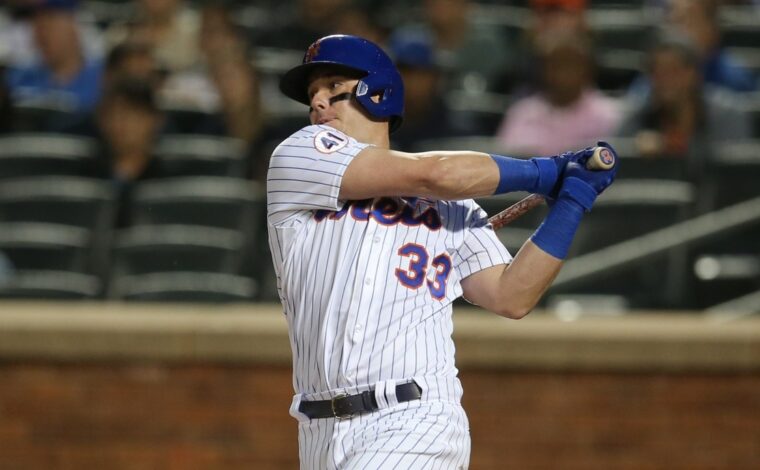
As baseball fans, we debate the contrasting views. “It’s all about launch angle, hit it over the shift.” Then the other side counters with, “take the single, push the ball the other way and beat the shift.” But which approach is more effective? Jared Diamond answered this question is a recent article in the Wall Street Journal.
Sometimes statistical evidence can be inconclusive, or perhaps lean to one conclusion or another. In 2021 at least, the evidence is overwhelming that the most successful teams are those that keep the batted ball off the ground with the greatest frequency.
Red Sox chief baseball officer, Chaim Bloom, said the following in Diamond’s article.
“When you look at a lot of the most productive hitters, they’re going to be guys who drive the ball, who hit the ball hard on the line or hit it hard in the air. The majority of your damage is going to come on line drives and hard-hit balls in the air.”
Though Tim McCarver used to say, “there are no bad hops in the air”, the numbers validate this, on both the individual and team levels. Diamond points out that batters compiled a .241 batting average and .266 slugging percentage on balls on the ground this season. On balls in the air—ranging from home runs to foul pop-outs—those figures jumped to .399 and .782, respectively.
Looking at team statistics, the data are quite compelling. Here are the seven teams that did the best job in keeping the ball in the air, with their ground ball rate in parenthesis.
San Francisco (39.7%)
Atlanta (40.3%)
Los Angeles Dodgers (40.4%)
Boston (40.4%)
Toronto (40.4%)
St. Louis (40.5%)
Houston (40.6%)
Six of these teams qualified for the postseason. Toronto was in contention until the last day of the season. Only the Yankees (43.4%) and White Sox (46.1%) were playoff teams in the bottom half of MLB in ground ball percentage (lowest to highest). The Mets hit the ball on the ground 44% of the time, twenty-first in baseball.
Of the Mets’ regulars, here are some of the players who hit the highest percentage of ground balls.
James McCann (51.5%)
Jonathan Villar (48.6%)
Brandon Nimmo (47.3%)
Jeff McNeil (46.6%)
Michael Conforto (44.7%)
Diamond makes a point on the effectiveness of the shift against ground balls. From his article:
Though ground balls never led to many extra-base hits, they used to result in a bit more production. As recently in 2014, batters put up a .252 batting average on grounders. Then came the rise of the defensive shift, a now ubiquitous practice. Suddenly, those sharp grounders that scooted through the infield became easy outs, with fielders positioned differently for each batter.
We can debate the idea of beating the shift by hitting over it, or slapping the ball against it (which often is on the ground). However, the numbers tell a very clear story. As teams get smarter defensively, and position themselves more effectively, the more productive approach, at least based on current data, is to keep the ball in the air and try to combat the shift that way.
The Mets in particular may benefit from this strategy, as they are not overflowing with team speed, making their ground balls even more susceptible to being turned into outs.
Lots of changes are coming to the organization from Flushing, Queens. It will be interesting to see who the new hitting coach will be, and how much he will focus on keeping the ball off the ground.















